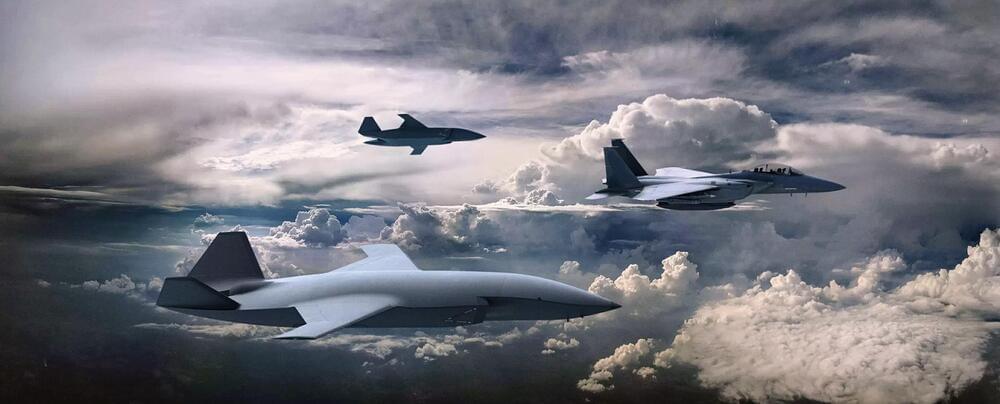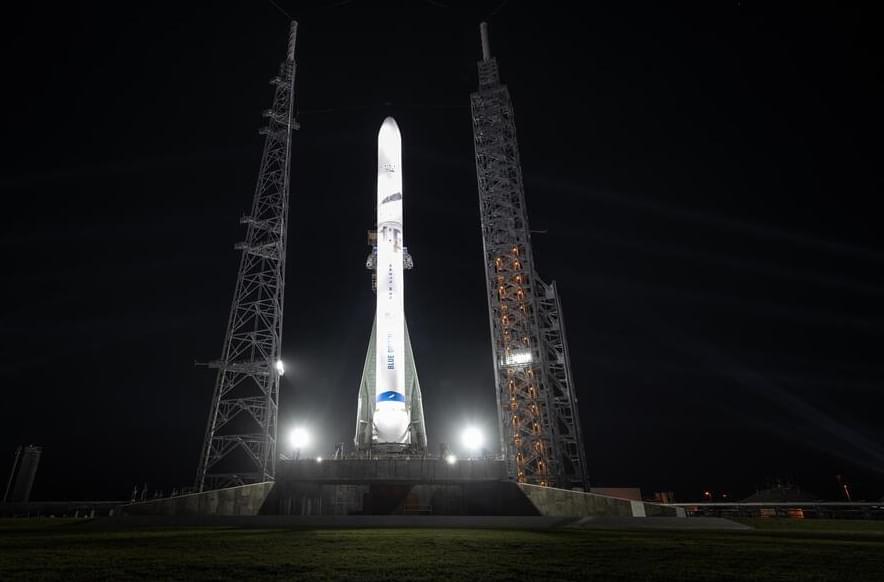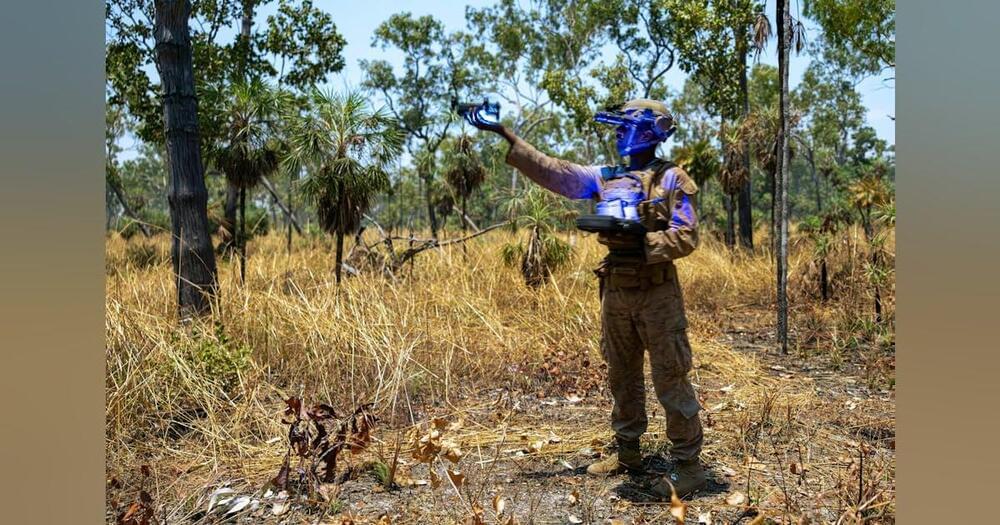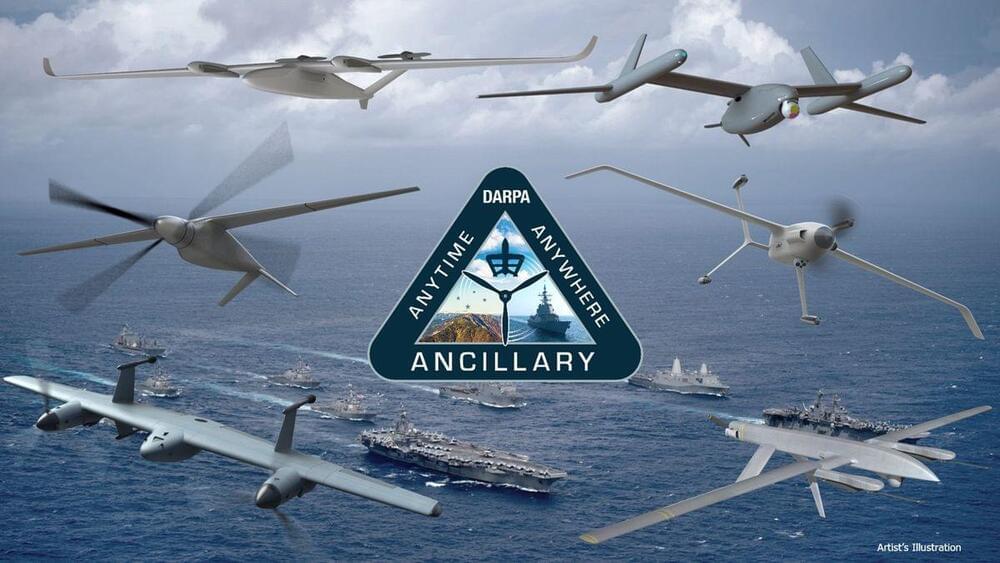The constellation will eventually include 100 satellites providing global coverage of advanced missile launches. For now, the handful of spacecraft offers limited coverage. SDA Director Derek Tournear told reporters in April that coordinating tracking opportunities for the satellites is a challenge because they have to be positioned over the venue where missile tests are being performed.
He noted that along with tracking routine Defense Department test flights, the satellites are also scanning global hot spots for missile activity as they orbit the Earth.
The flight the satellites tracked was the first for MDA’s Hypersonic Testbed, or HTB-1. The vehicle serves as a platform for various hypersonic experiments and advanced components and joins a growing inventory of high-speed flight test systems. That includes the Test Resource Management Center’s Multi-Service Advanced Capability Hypersonic Test Bed and the Defense Innovation Unit’s Hypersonic and High-Cadence Airborne Testing Capabilities program.









